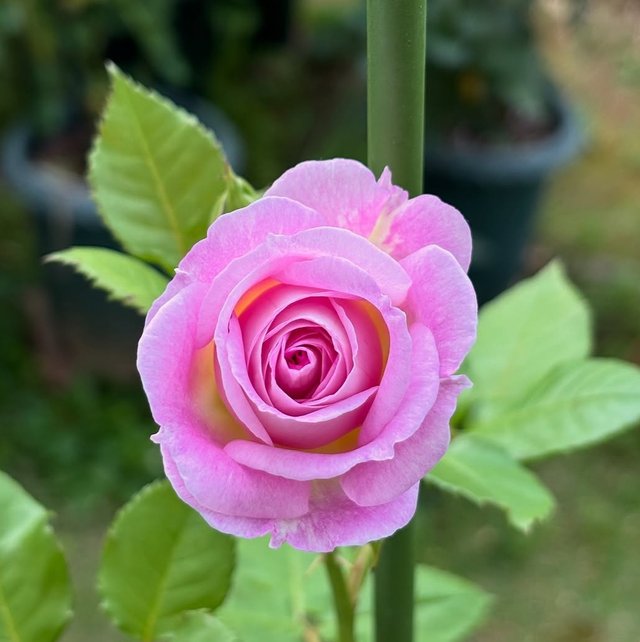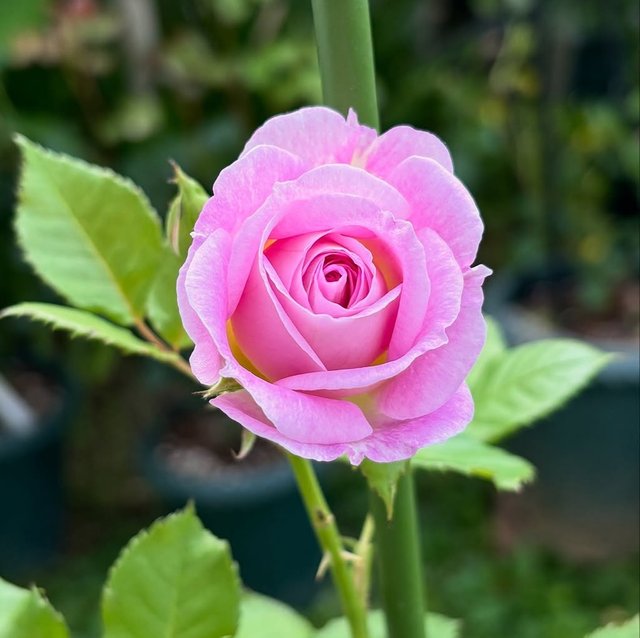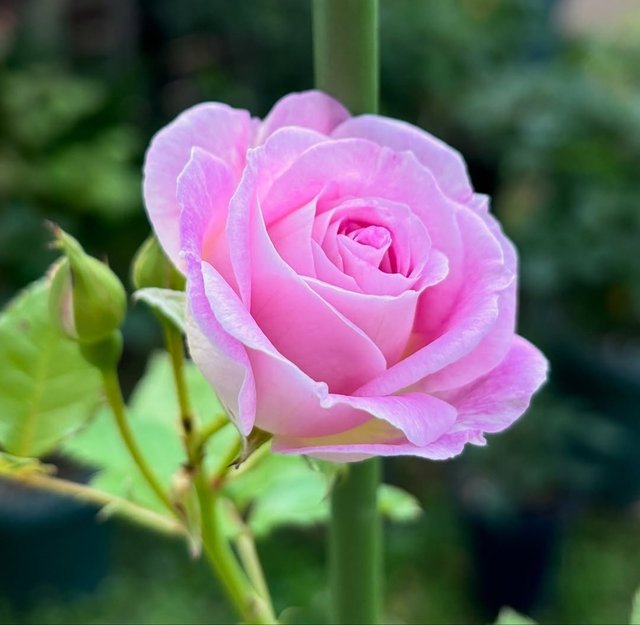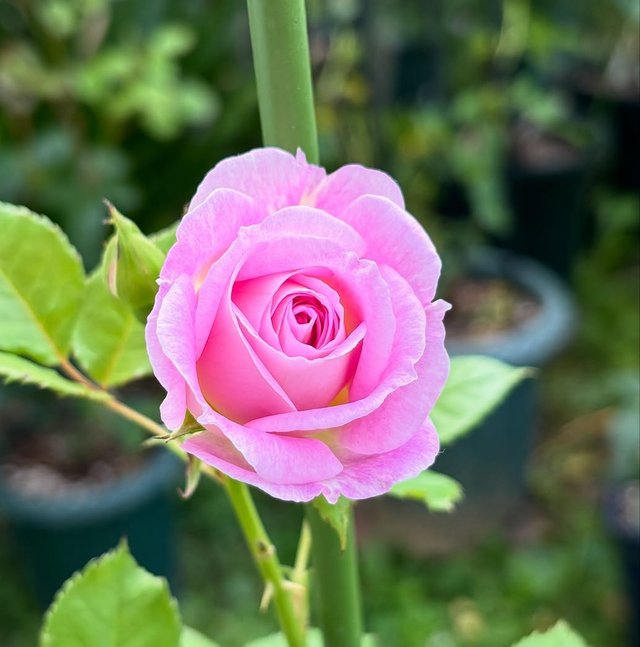Gertrude Jekyll: The Artist Who Transformed the English Garden
Gertrude Jekyll was not just a garden designer—she was a visionary who revolutionized horticulture and transformed the art of gardening into a true creative discipline. With her painter’s eye, scholarly knowledge of plants, and deep connection to the English countryside, Jekyll helped shape the romantic ideal of the garden as we know it today. Her legacy is not only rooted in the landscapes she created but also in the hundreds of books, articles, and planting plans that continue to inspire gardeners and designers worldwide.
A Painter Turned Plantswoman
Born in London into a well-to-do family, Gertrude Jekyll was exposed to both the arts and the sciences from a young age. She studied painting at the South Kensington School and was a contemporary of artists like James McNeill Whistler. However, as her eyesight began to fail in her forties, she turned away from painting and found a new outlet for her creativity in the garden.
This artistic foundation proved to be her greatest asset. Jekyll applied principles of composition, balance, color harmony, and contrast—hallmarks of Impressionist and Romantic art—to her garden designs. She treated borders as canvases, carefully selecting plants based on their foliage texture, seasonal bloom time, and color palette to create flowing, living paintings that changed with the seasons.
The Collaboration with Edwin Lutyens
Jekyll is perhaps best known for her long and fruitful partnership with the architect Sir Edwin Lutyens, with whom she collaborated on over 100 garden designs. Their combined vision of house and garden as a single, cohesive artistic creation helped define the Arts and Crafts movement in garden design.




%20(10).jpeg)